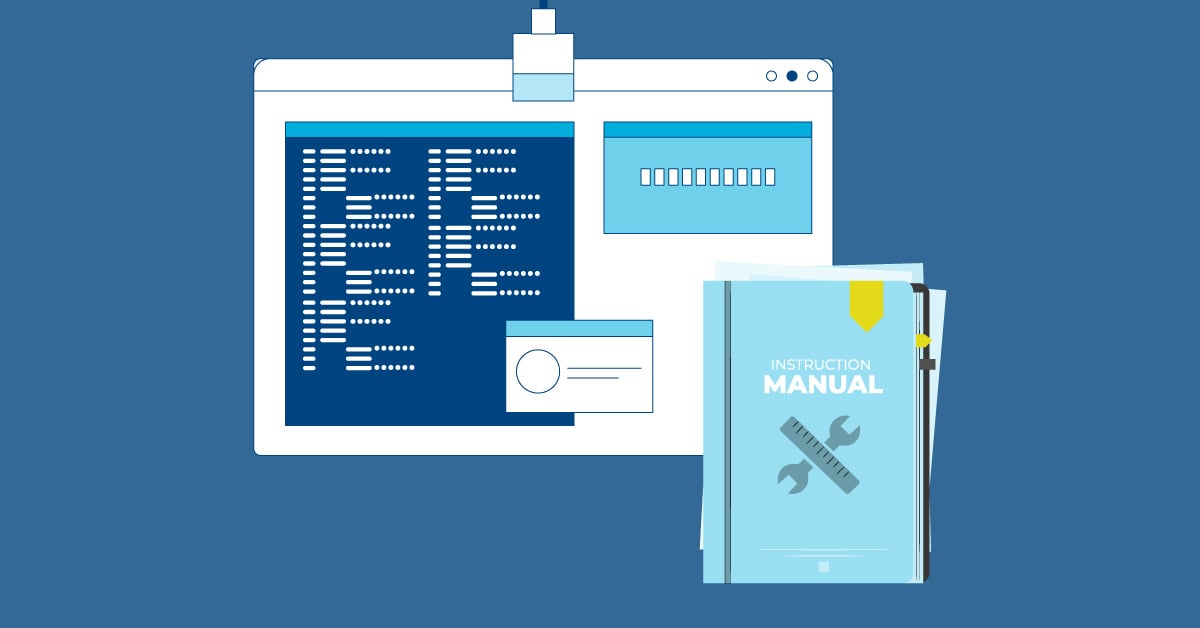Unit testing is a foundational practice in software development that involves testing individual components or modules of a software application in isolation. But, writing unit tests is more than just a best practice. Well-structured and comprehensive unit tests are essential for ensuring the reliability and robustness of software testing tools and frameworks, improving code quality and maintainability, and enabling engineers to deliver more stable products.
This blog will explore the importance of writing effective unit tests, outline tools and frameworks, and provide solutions to common challenges.
Understanding Unit Testing
The purpose of unit testing is to test individual pieces of code in isolation, focusing on specific functionalities rather than the broader interactions that occur when the entire system is integrated. When done correctly, unit tests provide a safety net that ensures developers can confidently modify, refactor, or scale their applications without introducing new bugs.
Key Benefits of Unit Testing
- Improved Code Quality: Unit tests help verify that each function or method works as intended. This reduces the likelihood of defects that can impact the end user, fostering a more polished and reliable product.
- Early Detection of Defects: By catching bugs early in the development process, unit tests save time and effort that would otherwise be spent on debugging more complicated issues later.
- Maintainability: Well-written unit tests document the intended behavior of the code. This makes future changes, whether from refactoring or scaling the codebase, more manageable. Engineers can make updates with confidence, knowing they are not introducing regressions.
- Testability: Writing unit tests encourages the development of more modular, loosely coupled code, which is easier to test and maintain. This leads to better design decisions, as developers must think critically about how their code can be isolated and tested.
Unit testing differs from other types of software testing, such as integration testing and system testing. While integration tests evaluate how different parts of the application work together, and system tests examine the application as a whole, unit tests focus solely on the smallest units of functionality, typically individual functions or methods.
Tools and Frameworks for Unit Testing
A variety of tools and frameworks are available to support unit testing, tailored to different programming languages and ecosystems.
- JUnit (Java): JUnit is one of the most widely used unit test frameworks for Java applications. It offers annotation-based testing, which simplifies writing and maintaining tests. One of the key advantages of JUnit is its seamless integration with build tools like Maven and Gradle. However, for very large projects, it can become challenging to manage test dependencies and data setup.
- NUnit (.NET): Similar to JUnit, NUnit is a popular unit testing framework for .NET applications. It supports a range of features such as data-driven tests, assertions, and the ability to run tests in parallel. NUnit’s strengths include its flexibility and support for multiple platforms, but the downside is that maintaining a large test suite can require additional configuration.
- PyTest (Python): PyTest is a versatile testing framework for Python. It allows for simple test cases to be written with minimal lines of code, and it automatically discovers tests, which makes it incredibly user-friendly. PyTest is highly extendable with plugins, making it a great choice for larger projects. However, as projects grow, the need for specialized plugins can complicate setup.
- Mocha (JavaScript): Mocha is a flexible and feature-rich JavaScript test framework running on Node.js. It allows developers to use different assertion libraries like Chai, offering flexibility in how they write tests. Mocha’s flexibility can be both an advantage and a disadvantage, as it requires more setup and configuration compared to some other JavaScript testing frameworks.
- Jest (JavaScript): Jest is another JavaScript testing framework, designed to work with React applications. It is simple to set up and includes features such as built-in mocking and code coverage analysis. The downside to Jest can be performance issues when dealing with large test suites, as its snapshot testing mechanism can slow down execution.
Challenges and Solutions in Unit Testing
Despite the many advantages, unit testing is not without its challenges. Addressing these issues can be difficult, but some strategies can help mitigate these challenges.
Complex Dependencies
When writing unit tests, dependencies such as external services, databases, or file systems can complicate testing. These dependencies need to be mocked or stubbed out to isolate the component under test.
Solution: Use mocking frameworks such as Mockito (for Java), Moq (for .NET), or Sinon.js (for JavaScript) to simulate external dependencies. This helps to isolate the logic being tested and eliminates the need for an actual dependency to be present during the test.
Difficult-to-Test Code
Legacy codebases or poorly designed code can be difficult to test. Highly coupled code that relies on global state or tightly intertwined components presents significant challenges.
Solution: Refactor code to make it more modular. Applying principles like dependency injection and single responsibility can improve testability. By breaking down complex components into smaller, manageable units, you make the code easier to test.
Maintaining Test Suites
Over time, maintaining a large suite of tests can become cumbersome. Tests may become outdated, and running them can slow down the development process, especially in continuous integration environments.
Solution: Regularly review and update tests to ensure they reflect current business logic. In larger projects, consider using tools that can automatically track test execution times and flag slow tests. Also, implementing CI/CD pipelines with parallel test execution can help in reducing test suite runtime.
Achieving High Code Coverage
While high test coverage is a good goal, achieving it can sometimes lead to writing tests for the sake of coverage instead of focusing on meaningful tests that validate important business logic.
Solution: Prioritize writing tests for critical parts of the application—those areas where bugs would cause the most damage. Use code coverage tools such as JaCoCo (for Java) or Coverage.py (for Python) to measure coverage, but ensure that the focus remains on quality over quantity.
Optimizing Software Quality Through Effective Unit Testing
Unit testing plays a critical role in building reliable, maintainable software. By testing individual components in isolation, developers can detect bugs early and make their code more resilient. Effective unit tests are essential for maintaining code quality, reducing technical debt, and streamlining the development process.
Whether you are dealing with complex dependencies, difficult-to-test code, or large test suites, adopting the right tools and frameworks for unit testing can make a world of difference. Embrace unit testing best practices and unlock the full potential of your software development process.


.jpg)

%20(1).png?width=150&height=69&name=MuukTest-logo---light-background%20(3)%20(1).png)

